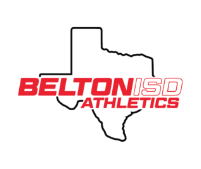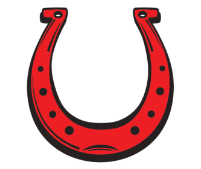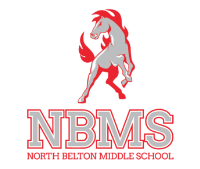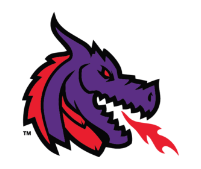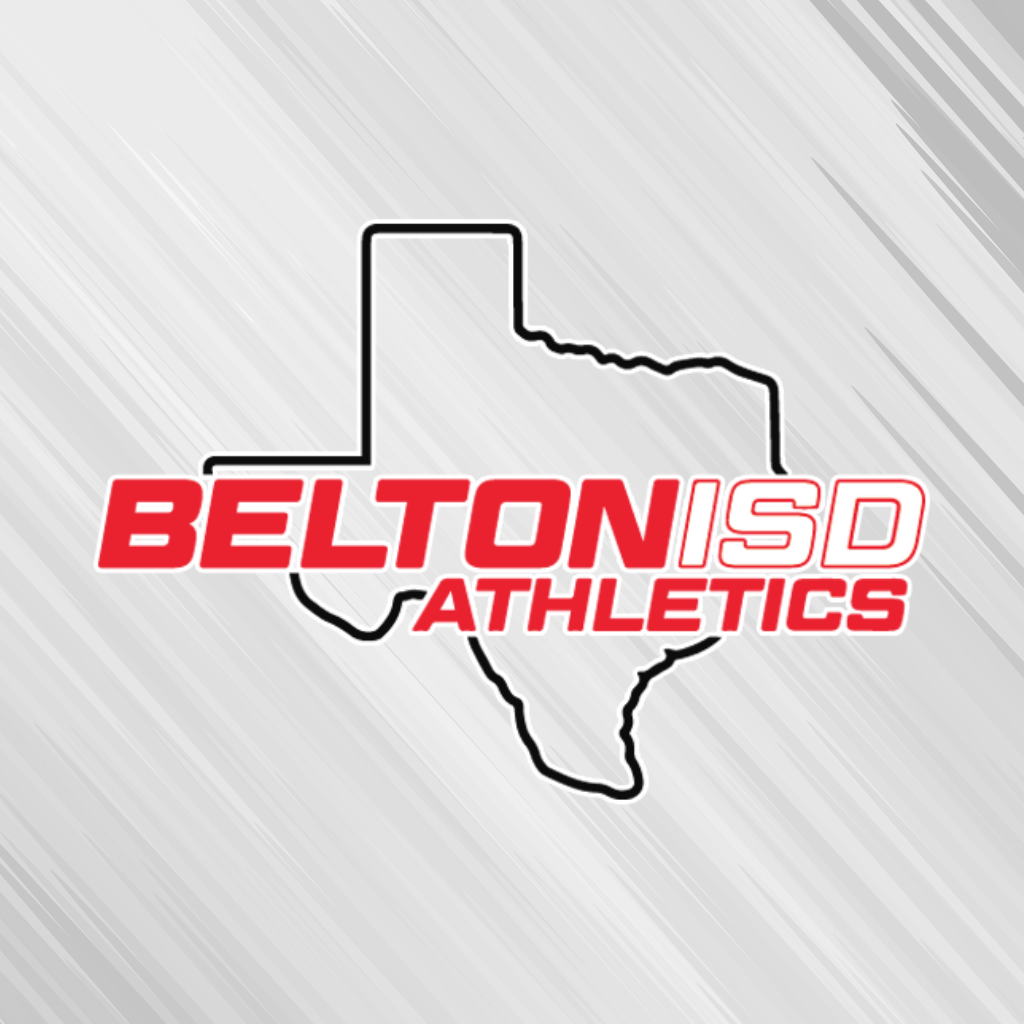BISD CONCUSSION MANAGEMENT
Belton ISD Sports-Related Concussion Policy
I. Any athlete, who exhibits signs or symptoms of a concussion or has abnormal cognitive testing, will be removed from participation and will not be allowed to return to play on the day of the injury. “When in doubt, hold them out”
II. Recognition of a Concussion
a. Signs and Symptoms
Observed Signs
1. Dazed or stunned appearance
2. Confusion about assignment, play, score
3. Memory loss
4. Altered coordination
5. Balance problems
6. Personality changes
7. Responds slowly to questions
8. Forgets events either prior to hit or post hit
9. Loss of consciousness (any duration)
Reported Symptoms (by athlete)
1. Headache
2. Fatigue
3. Nausea or vomiting
4. Double or blurry vision
5. Sensitivity to light or noise
6. Feels “sluggish” or “foggy”
7. Problems concentrating
8. Problems remembering
These signs and symptoms are indicative of probable concussion. Other causes for symptoms should be considered.
B. Cognitive Assessment
Athletic Trainer will use SCAT (Sports Concussion Assessment Tool) to asses cognitive function.
III. Management and Referral Guidelines
a. Any athlete with a witnessed loss of consciousness of any duration should be transported
immediately to emergency department via EMS.
b. Any athlete who has symptoms of a concussion and is not stable (condition deteriorating) should be
transported immediately to emergency department via EMS.
c. Any athlete exhibiting the following symptoms should be transported immediately to emergency
department via EMS.
i. Deterioration of neurological function (weakness, numbness, slurred speech unsteadiness or loss of balance)
ii. Decreasing level of consciousness
iii. Irregularity in respirations
iv. Irregularity in pulse
v. Unequal or unreactive pupils
vi. Signs or symptoms associated with spine or skull fracture
vii. Mental status changes
viii. Seizure activity
ix. Cranial nerve deficits
x. Double vision
xi. Repetitive vomiting
d. Any athlete referred to ER must obtain clearance from non-ER physician prior to return to sport.
IV. Return to sport post-concussion
a. Athletes must meet all of the following requirements in order to progress to activity.
i. Asymptomatic at rest and with exertion.
ii. Have clearance from physician other than ER-physician.
b. Once the above criteria are met, the athlete will be progressed back to full activity following a stepwise process (as recommended by NATA and Prague Statement) under the supervision of the athletic trainer.
c. The Stepwise Progression
i. No Activity- until asymptomatic
iI. Light Aerobic Activity- bike, walking
iii. Moderate Aerobic Activity- running
iv. Non-Contact Drills- sport specific drills
v. Full-Contact Training Drills
vi. Game Play
*If the athlete experiences post-concussion symptoms during any phase, the athlete should drop back to previous level and resume the progression after 24 hours have past.
